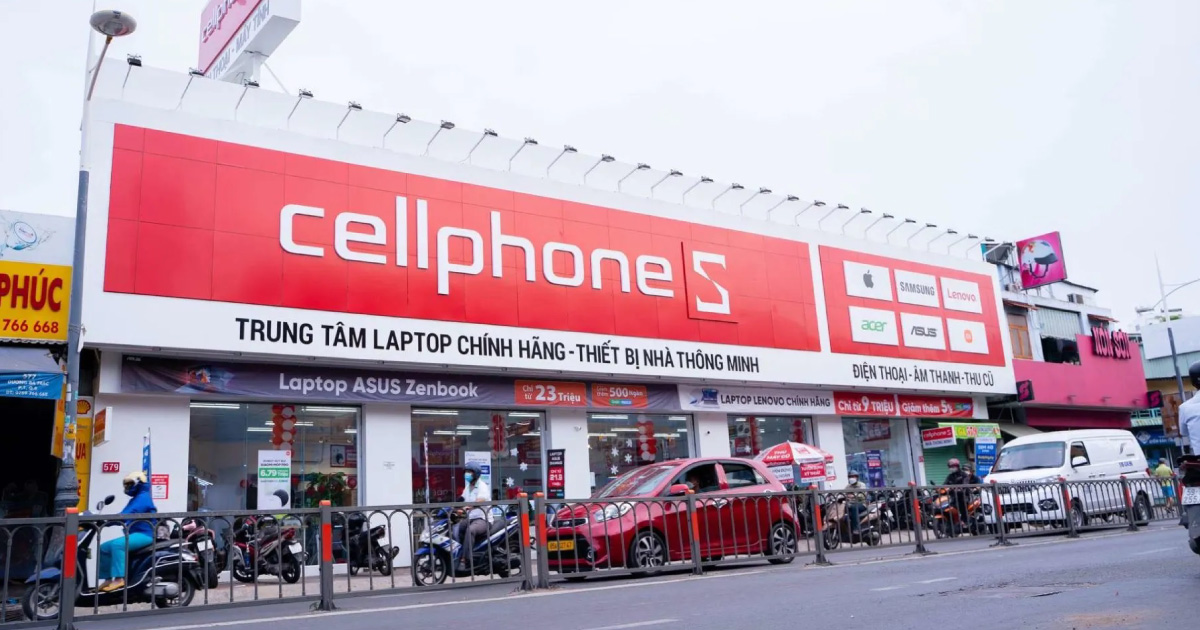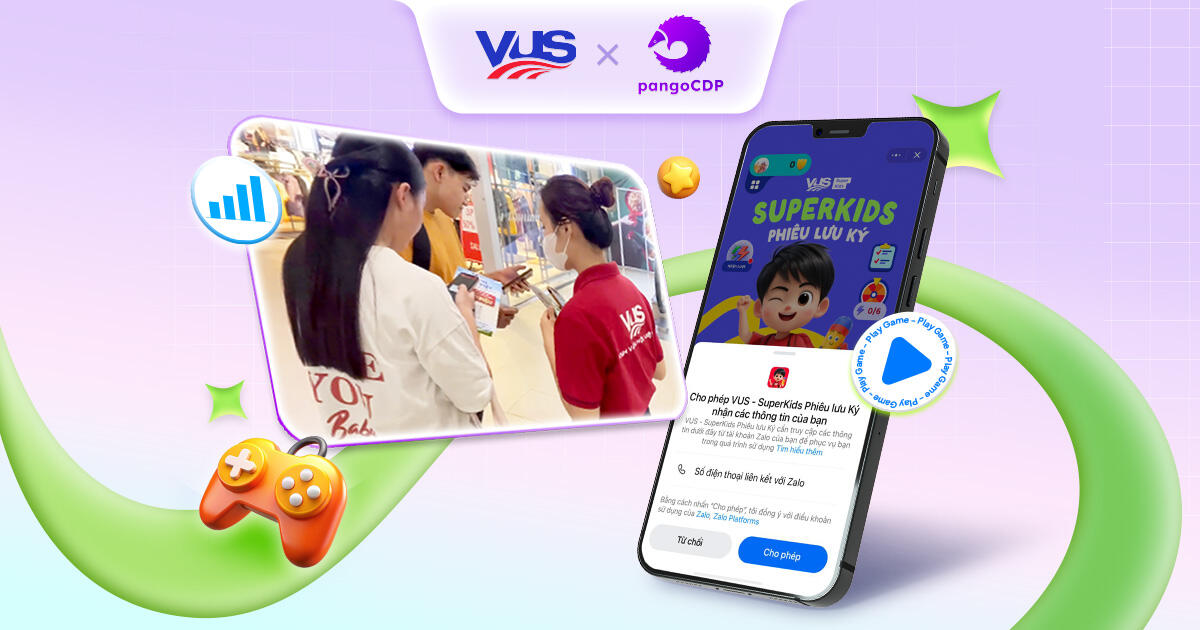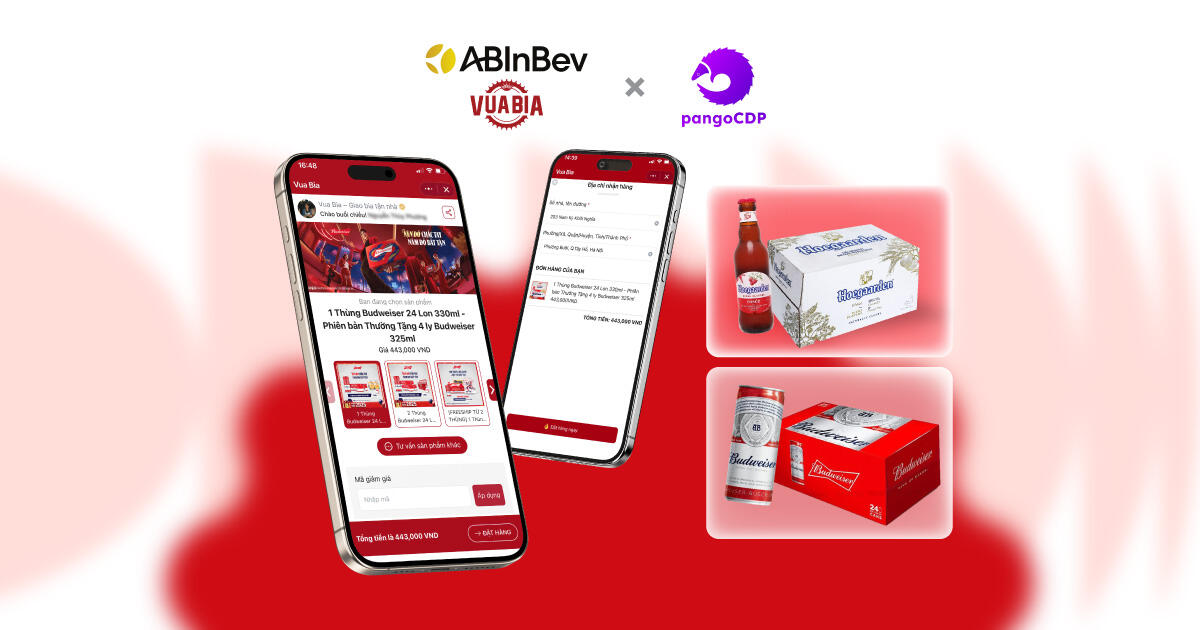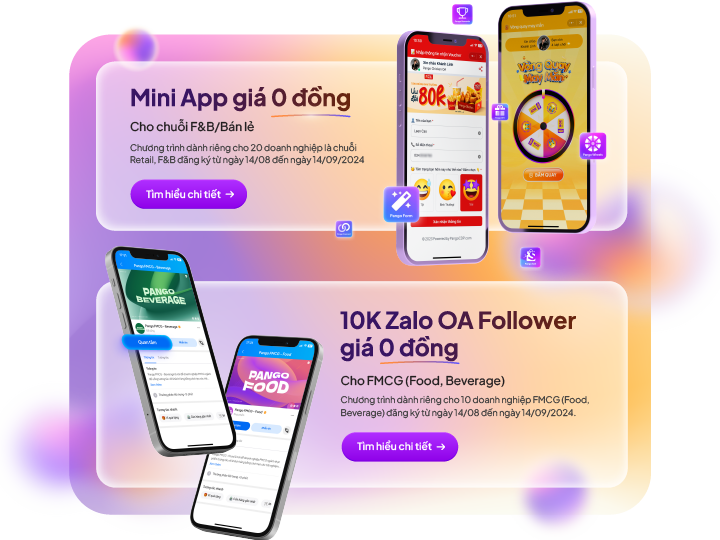Data plays a critical role for businesses, especially in chain retail, where a deep understanding of customer behavior and market trends is key to growth.
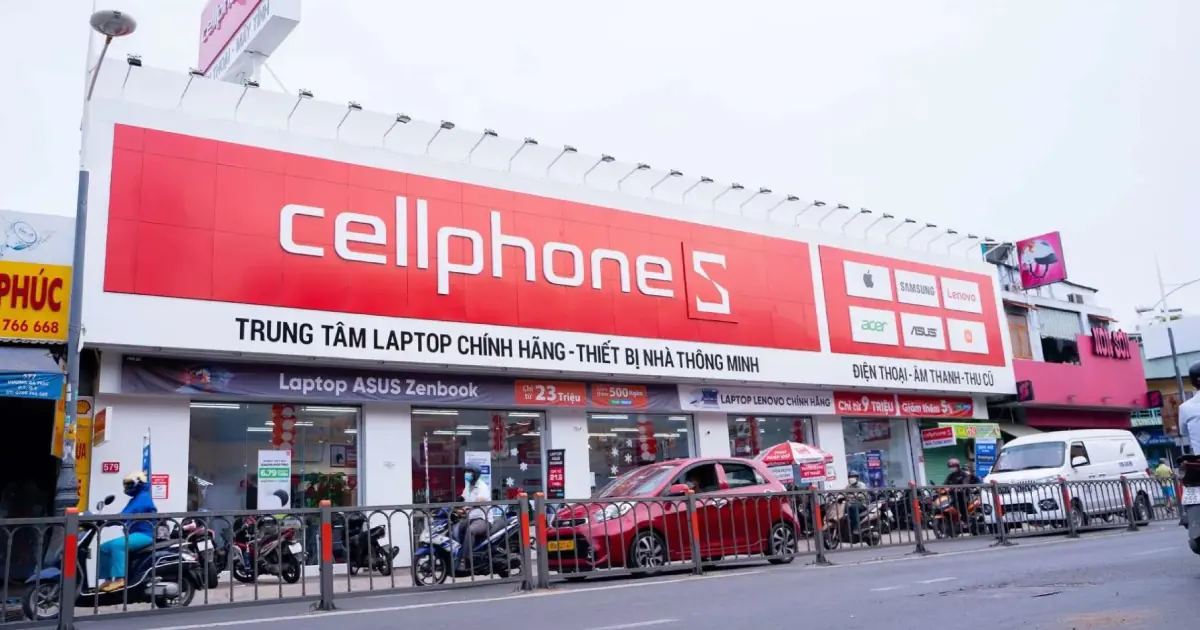
Characteristics of retail business data
Due to the specifics of the business model, customer data from retail businesses is always abundant, quality and easier to collect than FMCG. However, the data collected is often fragmented on both online and offline channels, leading to customers not having a consistent experience when interacting with the brand.
For example, online channel customers are interested in the new collection. If the business follows the customer’s journey, they will know at what time to issue a voucher to stimulate demand or send a message to urge customers to the store to shop. After customers shop, businesses can send surveys or re-engaging messages to increase connection, create motivation for customers to interact with the brand. This method is called maintaining seamlessness in optimizing the customer experience.
But the issue of fragmented data can get in the way of this process. Retail businesses are also aware of building a standard data system to solve this problem in the context of fierce competition with the strong development of e-commerce platforms. Successful chain retail companies in the world almost all have the power of technology, especially customer data management technology.
In fact, the application of technology also poses challenges, including inconsistency between data management platforms. When the scale is still small, businesses often use systems such as POS (order, price, inventory management); but when growing large, businesses will need an IT team to build and manage the data system of the whole company.
The problem is that a retail business often does not easily build a team to be able to handle the data collected well. These data need to be exploited, segmented appropriately to serve long-term sales campaigns, and that is the role of the system like CDP.
In the case of CellphoneS, one of the domestic retail businesses has seen the importance of collecting, merging data, solving fragmentation problems, customer identification on multi-channel… and choosing data as a weapon to compete with other retailers.
In the war between retailers, ”discount” is a weapon that deals high damage to competitors, but the business itself is deeply damaged. While user data is really a ”weapon” that makes a long-term victory.
‘Weapon’ determines the winner
In the competition for obtaining customers, fostering their love for the brand and returning to buy again, businesses need a sustainable bridge rather than just pouring money into advertising.
When navigating customers to PangoCDP, businesses can establish appropriate care scenarios based on CDP data, so that those who are interested initially become regular customers and even loyal to the brand.
For example, when tracking user activity on cyberspace, the data returned indicates that this customer loves and needs to search for Xiaomi products. At that time, the retailer will display ads focusing on introducing the product ecosystem of this brand to customers.
After customers make a purchase, retailers also need to know their comments about in-store services, employee attitudes… With a new survey method through Zalo, businesses can send shopping vouchers after customers fill out the survey. This method both helps businesses receive suggestions to be able to adjust in time and helps stimulate the shopping needs of customers.
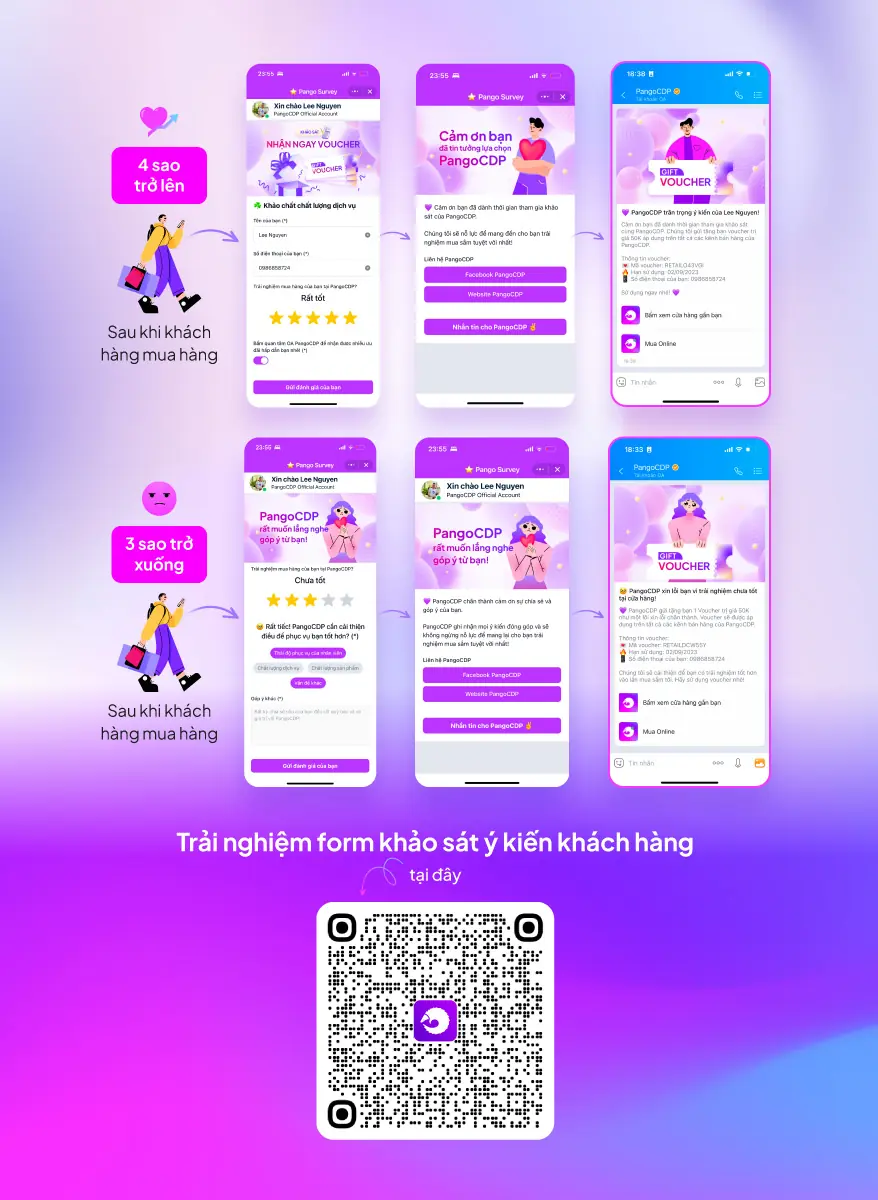
Learn how retail giants use Super App to interact with customers
7-Eleven x MoMo: Convenient point accumulation experience
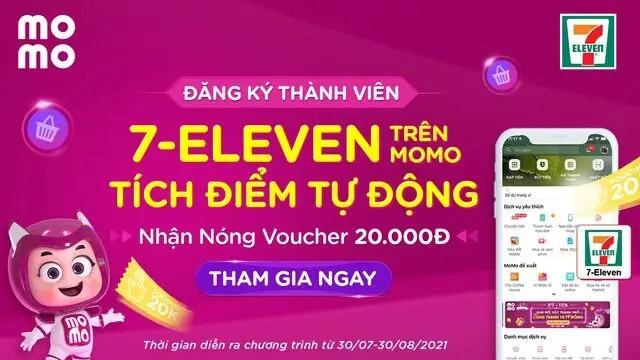
As a huge player in the retail – convenience store industry, 7-Eleven easily invests in a Loyalty App for its customers with the name 7-REWARDS. However, when customers enter a convenience store because of the need to shop quickly, the order value is not high, the motivation for them to take the time to install a point application is quite low.
As mentioned in Chapter 3, Mini Apps will solve inconveniences in customer experience. That’s why 7-Eleven partners with MoMo to build its own point-accumulating Mini App. No longer have to read phone numbers or open the App to accumulate points every time you shop, with the advantage of a popular payment platform, as soon as users pay with MoMo, 7-Eleven will automatically accumulate points for them.
In addition, the cooperation between 7-Eleven and MoMo also helps to enhance the buying experience when applying “AI Recommendations” technology to provide product suggestions based on previous purchase behavior of customers, personal preferences, personal information and other data. AI technology can analyze and process large amounts of data to create accurate and customized suggestions for each customer. This both increases the customer’s experience, makes them feel interested and understood by the brand, and helps the business optimize the ”customer lifetime value”.
The Nike experience brings to WeChat users
Before taking advantage of the ”All In One” power of WeChat, Nike was famous as a retail giant that was very interested in the shopping experience of customers. The proof is that they have invested a lot in traditional sales channels and other online platforms. Nike develops a global store system where customers can visit, learn and shop Nike products directly. These stores help customers experience the product with premium service and in-depth advice from professional sales staff. In the online aspect, Nike builds a website that provides product details, including images, descriptions and technical information. Customers can add products to their cart and make online payments.
Nike also develops Mobile Apps to provide users with a comprehensive shopping and sports experience, combining online stores, product information and social interaction features. The attraction of the Nike App is that it allows users to create personal profiles, store information about size, interests and sports activities. This helps Nike provide product and content suggestions tailored to each specific user.
However, as pointed out the inconveniences of the Mobile App and explained the great advantages that Super Apps bring to the business, Nike found the optimization and convenience in WeChat’s “All In One” story in the billion-dollar market. So, we can see Nike’s pioneering when entering WeChat.
Nike has brought customers a seamless shopping experience right on the WeChat platform. Nike’s strategy focuses on three key elements: optimizing the shopping journey, interacting and flexible support for customers, engaging and understanding customer needs.

Nike creates an integrated sales channel and interacts directly with customers on the WeChat platform, helping to enhance the customer experience with the brand.
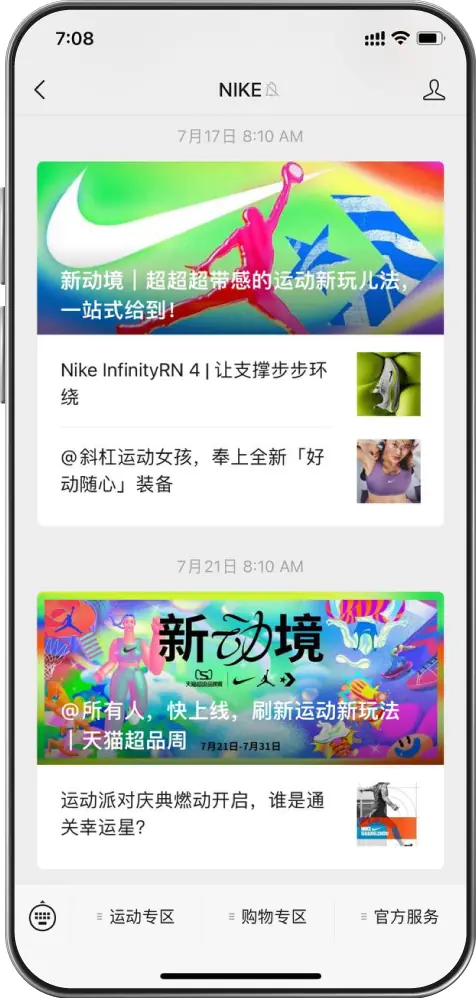
Through Nike’s WeChat Official Account, users can discover and shop Nike products right on the Mini App. The journey can start with Nike sending users information about the latest products, special collections and promotions through the WeChat account to stimulate shopping demand.
At Nike’s WeChat OA, users can also easily find product catalog details with full information about size, color, material, image/video. When the need for advice arises, users can chat directly with the support staff so that the purchase process can take place as intended.
Nike leverages WeChat’s online payment feature to create a convenient and seamless shopping experience. Customers can choose, buy products directly, and pay from Nike’s WeChat Official Account without switching to another app or website.
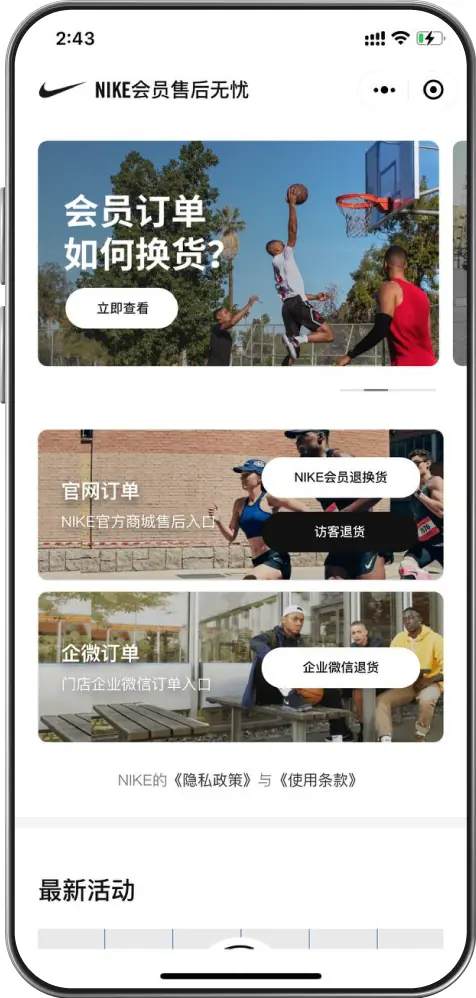
Nike also created a Mini App to take care of customers and support after-sales services in a professional way to increase the retention rate (Retention) of this customer group.
7-Eleven or Nike are just two typical examples of the success of retailers when choosing Super App as an interaction channel. Retail giants such as 7-Eleven and Nike have enough resources to R&D, initiate and lead the trend, from which each retailer can learn and adjust to apply accordingly.

